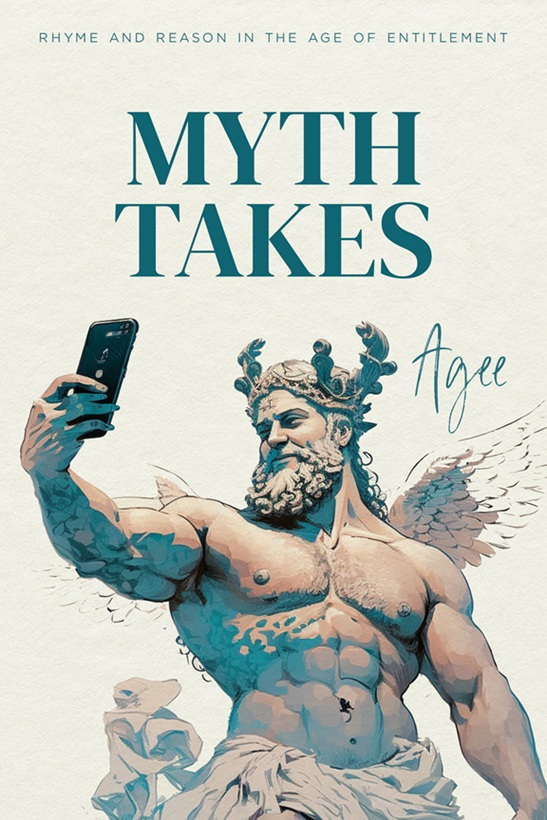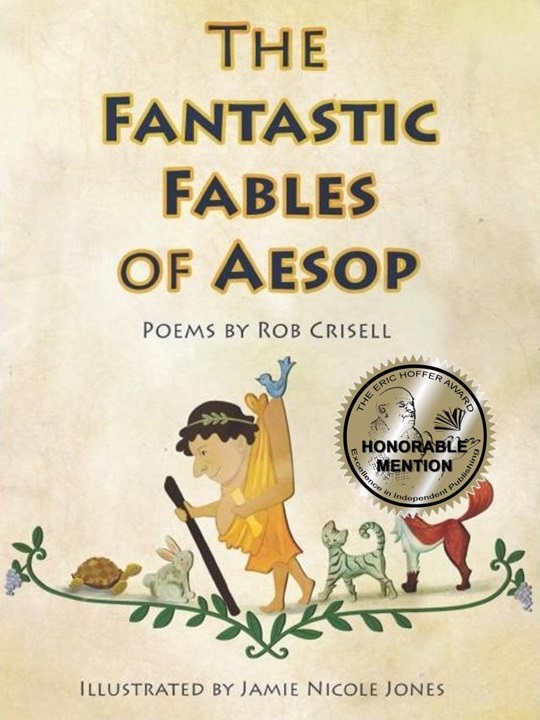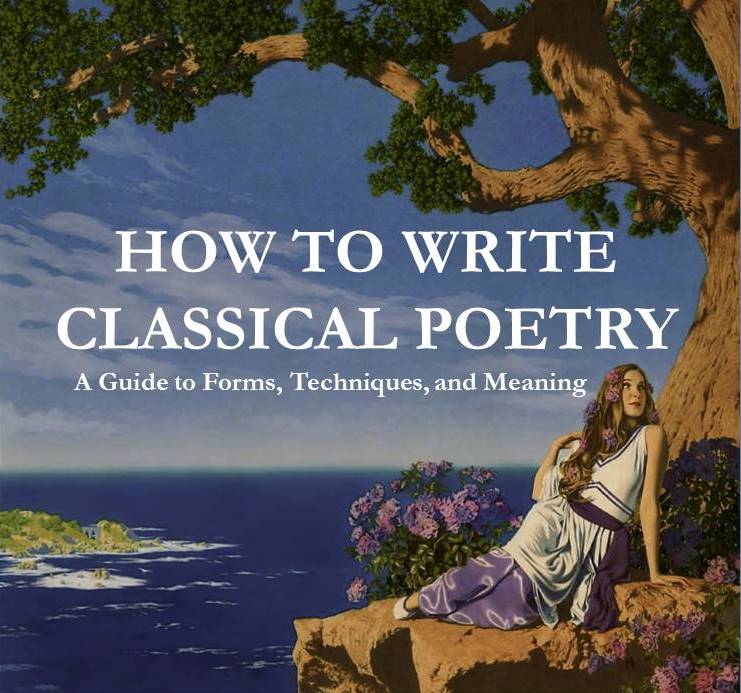To write of love, or speak of other things
Like life or death, or such philosophy
As might stir up an eager mind, which brings
It to a bold, enriched reality:
Oh, perfect, lovely forms! With such delight
The poet and the reader can obtain
A revelation of new thought, in light
Of what the mind on paper may attain.
For Petrarch, Shakespeare and then Spenser offer
Us cripple-rhythmed beauty in a way
That is uniquely to the point, and suffer
Condensed and distilled thought to have its say.
For I can surely rest my heart upon it:
I love these three forms that are called the sonnet.
Theresa Rodriguez is the author of Jesus and Eros: Sonnets, Poems and Songs, Longer Thoughts, which has just been released by Shanti Arts, and Sonnets, a collection of sixty-five sonnets which has also just been released by Shanti Arts. Her work has appeared in such journals and publications as in the Wilderness House Literary Review, the Midwest Poetry Review, Leaf Magazine, Spindr















Oh, perfect, lovely forms – indeed. Well done, Theresa, your poetry continues to inspire!
Thank you so very much, James!
Beautiful, Theresa, thanks for sharing!
You are very welcome Leo, I’m glad you liked it!
This is a finely crafted sonnet. Notice that all three quatrains are tightly enjambed, which gives real pith to the entire structure. And ending the third quatrain with the lovely line “Condensed and distilled thought to have its say” gives us not just closure, but the traditionally accepted definition of the sonnet’s strength.
In addition, the rhyme of “upon it” and “sonnet” in the closing couplet is more than just effective — it is DARING, since such a rhyme would most likely be attacked and damned in modernist circles. Brava, Ms. Rodriguez.
Thank you, Dr. Salemi, for your observations and comments, I appreciate it very much! I am so glad you liked it.
This poem is well written and enjoyable to read. Nice work!
Thank you David, I am so glad you liked it!
The sonnet itself is indeed the subject here, but what is most fascinating is the personal interactions it establishes. In the first quatrain, it can bring an eager mind to enriched reality. This could be the mind of the poet alone, but in the second quatrain, both poet and reader relish the achievement of the sonnet as “mind on paper.” And it’s not all ideas, as Theresa has already said with, “Oh, lovely perfect forms!” In the third quatrain, she brings in three men, none of whom invented the forms named for them, but earned their recognition as writers of it. In the couplet she joins them, as enamored writer and reader of The Sonnet. Really nice structure!
Thank you for your fine analysis, Margaret, I appreciate it very much!
I agree with everyone here, that this is beautiful — but also, what a very creative idea, to write a sonnet about sonnets!
I’m glad you liked my idea, Cynthia, and thank you for your kind comment!
Theresa, you surely love your sonnets. Methinks you are yourself a sonnet. Nice going.
C.B., I suppose if I were to be a poem, it would be a sonnet! Thank you for your kind comment!